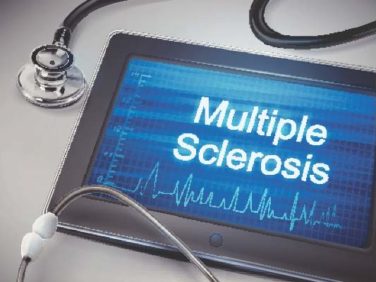For patients with secondary acute myeloid leukemia, induction therapy with cytarabine in combination with amonafide L-malate did not improve complete remission rates over the standard treatment of cytarabine and daunorubicin, investigators reported online March 2 in the Journal of Clinical Oncology.
Between January 2008 and August 2010, 433 patients with previously untreated secondary AML were randomly assigned to receive an intravenous infusion of cytarabine once per day for 7 days, plus either amonafide or daunorubicin for 4 days. The complete remission rate was 46% in the amonafide-plus-cytarabine group and 45% in the daunorubicin-plus-cytarabine group (P = .81), reported Dr. Richard M. Stone of Dana-Farber Cancer Institute, Boston, and associates.
“Although amonafide does not seem to provide benefit over standard induction therapy with daunorubicin, analyses of the data from this clinical trial may provide critical background information for tests of subsequent drugs that may have promise in this important disease subgroup, such as the liposomal-encapsulated daunorubicin/cytarabine CPX-351, the nuclear export inhibitor KPT-330, or the BCL-2 antagonist ABT-199,” they concluded.
Read the complete article here: (doi:10.1200/JCO.2014.57.0952)




